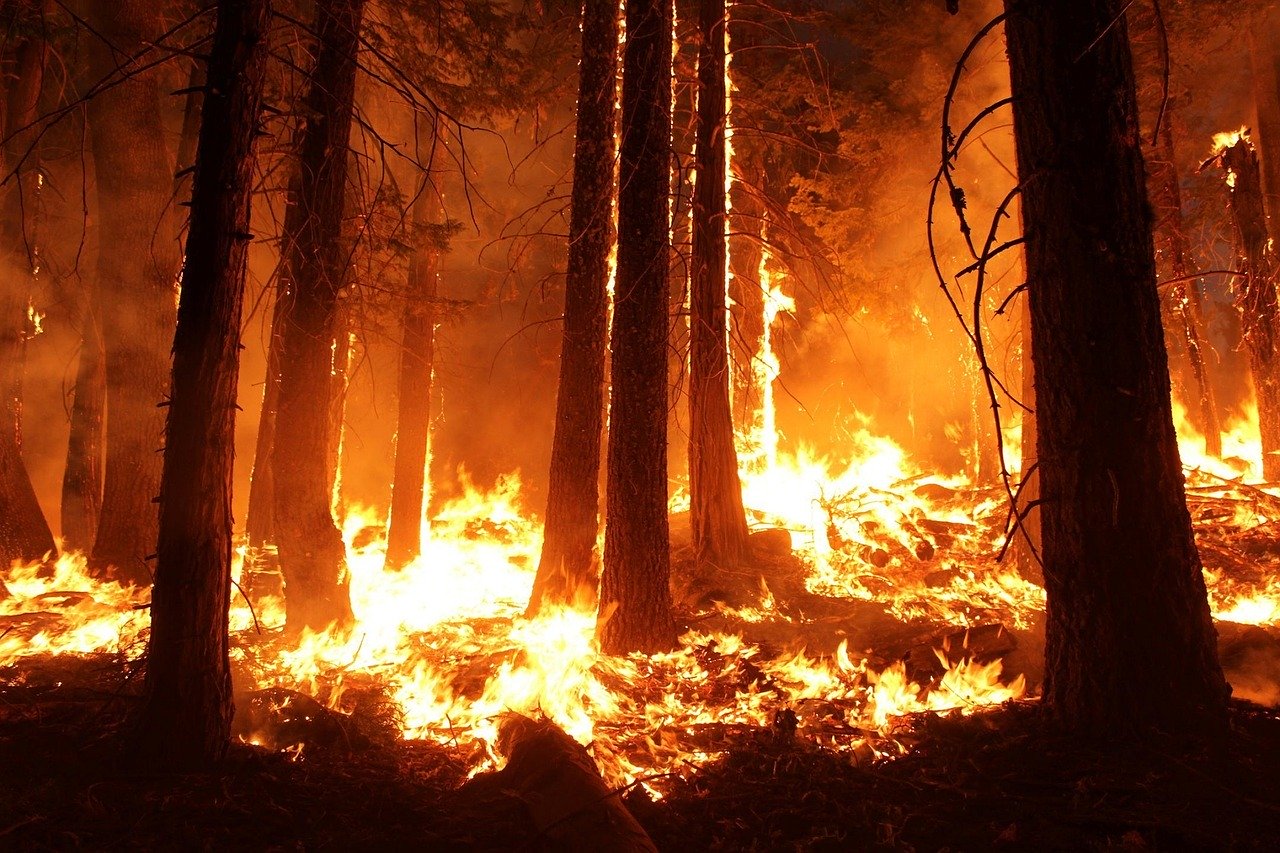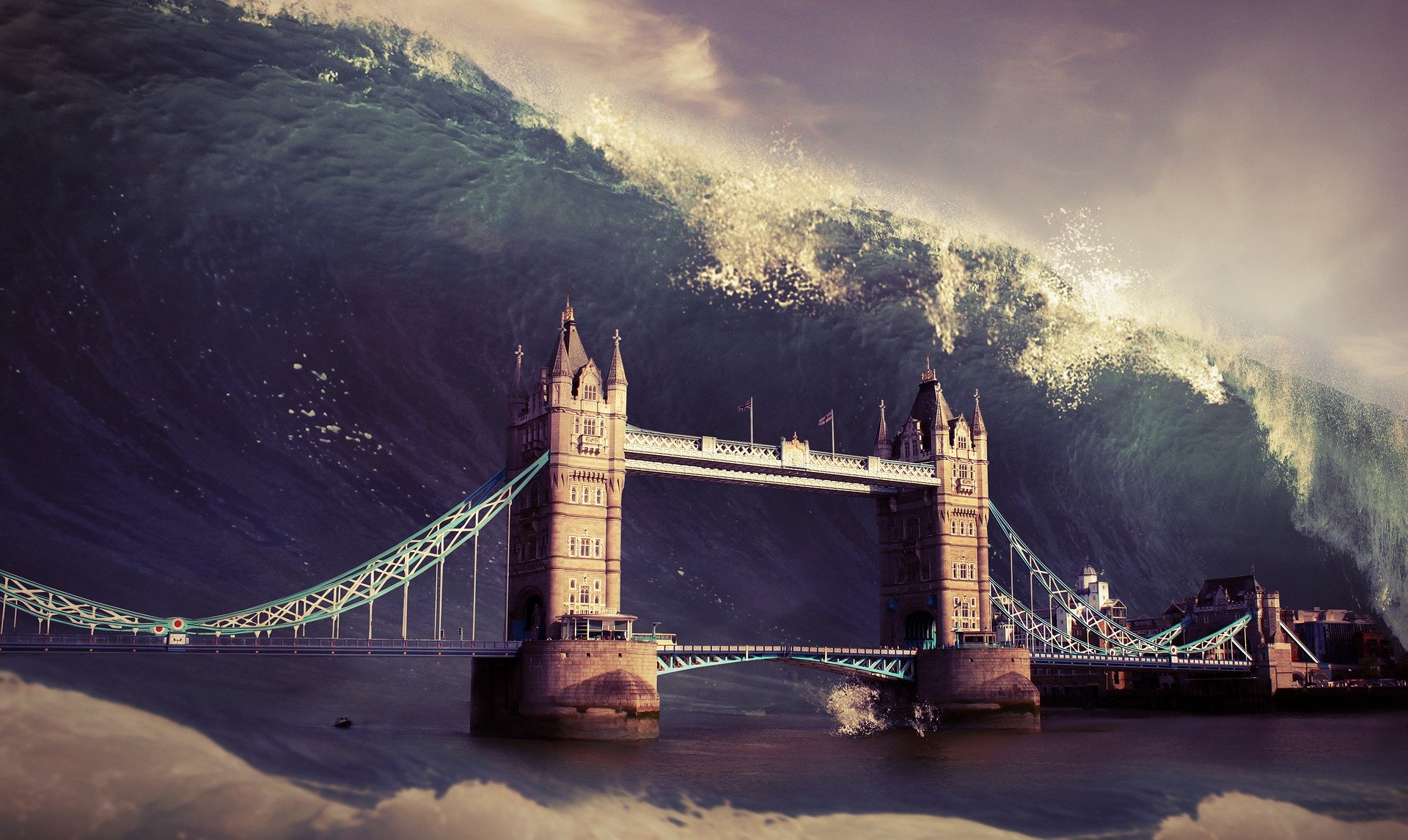Australia is currently in a direr state, with an estimated 10 million hectares of land having already been burned, which in proportion is over two thirds of the area of England, and the loss of an estimate billion animals. Thousands of houses have been damaged across the country and a total of 27 people have died this season. Fire fighters have been flown in from the USA, Canada and New Zealand to aid without the unbelievable scope of these fires, which is proving to be an incredibly difficult disaster to control, especially given the country is not half way through the summer yet.

How much worse will it get this year?
Unfortunately, the fires at this point have become so large and unpredictable that computer modelling and conventional ways of predicting the spread of these fires are failing. As high winds and the excess of fuel load (flammable material around the fire), have grown the fires to a stage where the infernos have started generating their own weather patterns. This makes more traditional ways of predicting the spread of the fires far more difficult.

Effectively the disaster is so unprecedented that accurately predicting how much worse it is going to get is extremely difficult. At current the addition of foreign firefighters, and an organised and effective means of communication to locals, alerting them about warnings, and ensuring preparedness is the best they can do. With the hope that further casualties can be avoided. The situation though is likely far from over yet, with a possibility for the situation to worsen as the fire risk elevates into February.
What have been the causes?
Effectively climate change. Australia has faced its hottest and driest ever summer this year, which alone has driven a higher proportion of bushfires than past summers. With the cause of the higher temperatures being directly due to climate change. The frustrating aspect of this being that a Australian governmental report predicted the intensification and extension of the fire season by 2020, due to climate change, 11 years ago! Granted this season has been more extreme that usual with the effects of the Indian Ocean Dipole causing drought, and the Southern Annular Mode driving hot dry winds from central Australia towards its east coast.
But what about controlled burning?
Since the fires starting there has been some discussion about the frequency, effectiveness and the meeting of targets in terms of controlled burning. Controlled burning is the process of deliberately setting fire to areas in a controlled manner during low risk periods to eliminate the fuel load periodically. This therefore reduces the risk and potential for bushfires to start and spread. And Australia is highly rehearsed in this practise, they have been doing it for years with established targets for km’s of burned area. The current situation may however have been worsened by the failure to meet some targets on government land and privately-owned land. A revaluation of these targets and ensuring all targets are met could help to limit the start of these fires.

Australia’s climate policy
Australia knew this was likely, they had all the information about the suspected impacts of climate changed and should have noted the fires in California and Bolivia this year that have also been attributed to climate change. Surely once the wildfires are under control the government must sit down and strongly reconsider its stance towards climate change, and the release of CO2 into the atmosphere.
Currently despite them being a country with a high risk to climate related hazards, such as wildfires, drought and possibly food shortages due to crop failures in the future, they still have not implemented a suitable climate change policy and or mitigation measures. It even has continued to promote the use of fossil fuels, as it recently opened a new coal mine (Adani coalmine).

This unfortunately is unsurprising given they account for 37.8% of the exports of coal globally, worth $47 billion US dollars. It is their single most valuable export currently. Economically to agree to put hard measures in place to help global efforts to minimise fossil fuel use makes no sense for them. There has been a slight global decrease in coal usage as Europe and the USA have phasing out coal power stations, although demand is predicted to stay constant for a further 5 years globally. The market for coal is therefore going to stay strong, and the world needs further time to phase out fossil fuels but Australia needs to start to wake up to this disaster, as currently its citizens, wildlife and country as a whole is now beginning to feel the consequences.



